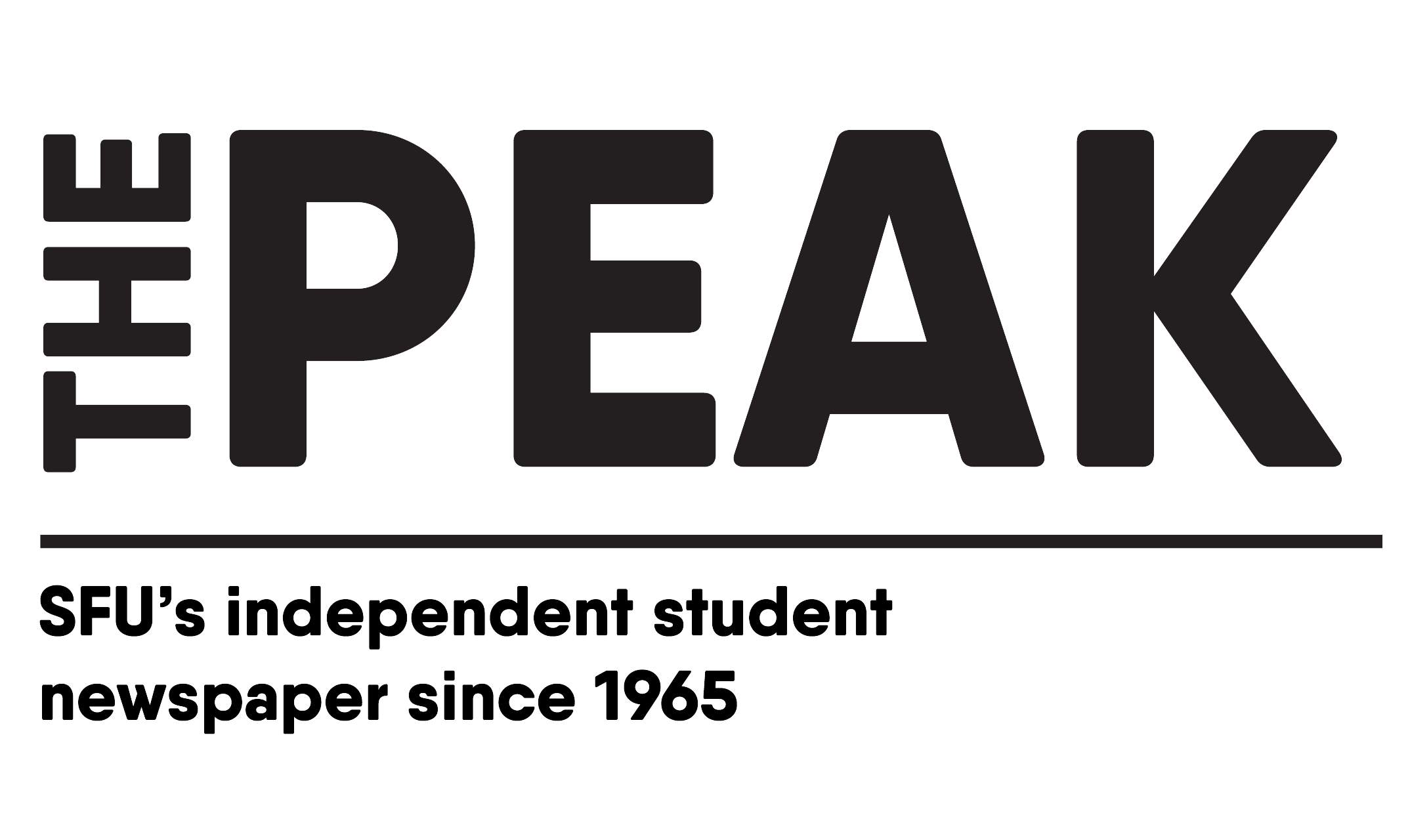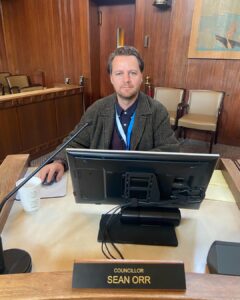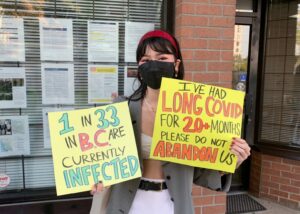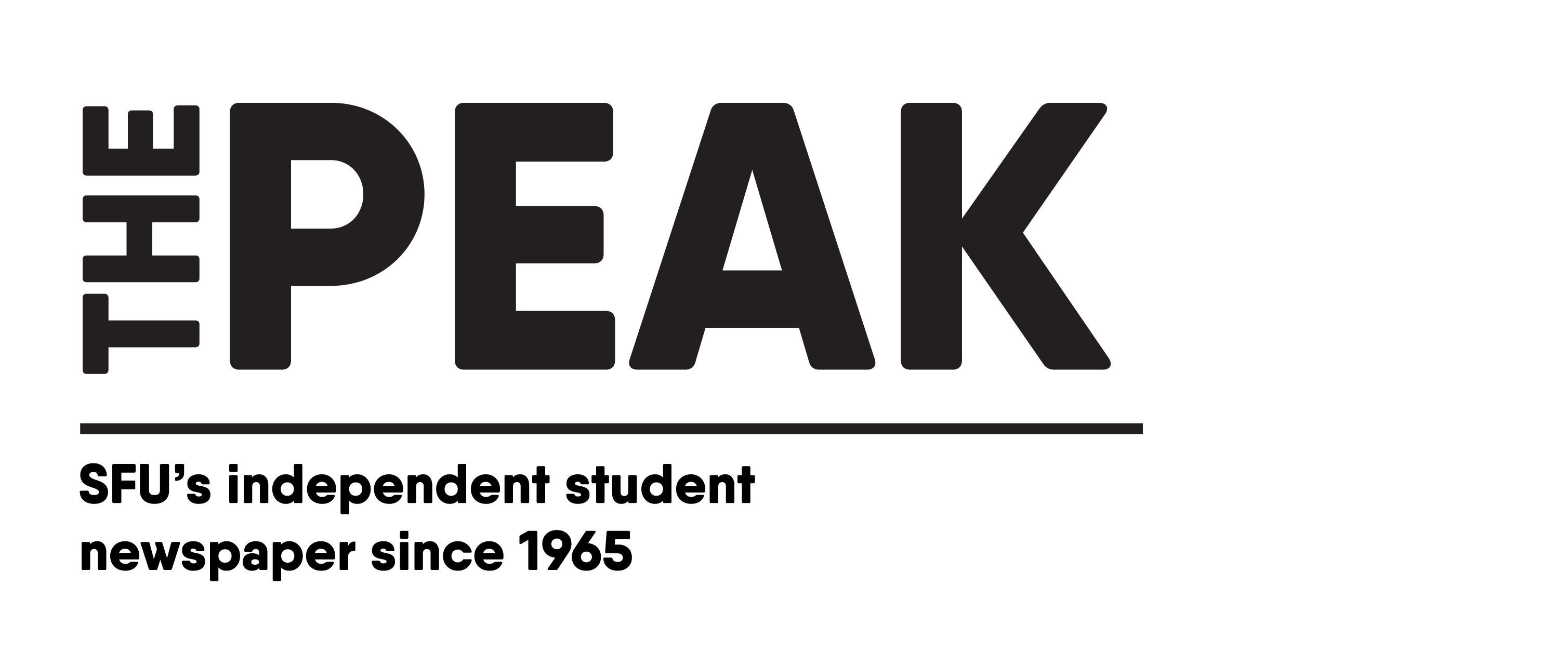By: Michelle Young, Opinions Editor
As of October 3, masks are mandatory for healthcare workers and visitors in settings that are accessible to patients, including areas where they receive care. This includes spaces like the rooms where doctors and nurses serve patients directly, or areas where patients may stay while waiting, such as lobbies. The policy also extends to contractors or volunteers in the area, but does not include private clinics or patients themselves.
It’s a step forward, but there’s not much of a reason to shy away from universal masking, which would include asking patients to mask. It makes sense for healthcare workers to mask as they care for a variety of people. But, it doesn’t make sense for them to interact with unmasked, sick patients. While healthcare workers may direct those with symptoms of respiratory illness to mask, it unfairly places this burden on an individual worker and ignores the spread of illness without symptoms.
Cases are drastically rising across BC, and masks should have never been removed in the first place. Hospitalizations recently went up 58% in just two weeks. They increased from 133 recorded cases to 877 cases from the second week of August to the end of September. The true rate of infection is likely much higher, too.
While a medical mask provides some protection — it isn’t enough to guarantee there won’t be transmission. One-way masking does reduce risk — around 60%, according to the National Institute of Health. However, this is also dependent on the surroundings and ventilation in the area. It doesn’t take very long to become infected. COVID-19 lingers in the air for hours, and infection risk isn’t limited to person-to-person contact. Medical masks are a significant step up from no masks, but healthcare workers should be provided with respirators, such as N95s, to protect from airborne disease. They are significantly more effective. With a good fit, “N95 respirators should filter at least 95% of virus particles.” All those in healthcare settings — including patients — should be provided with respirators to truly curb infections to the best of our ability.
Dr. Bonnie Henry says the new guidance “is the best we can do.” As already noted by multiple doctors across BC — it isn’t. There are plenty more steps healthcare could be taking to prevent the spread of COVID-19, RSV, and the flu. Public health needs to implement airborne protocols, such as ventilation and filtration, which both reduce airborne contaminants that could be inhaled.
Removing masks in healthcare during the summer and bringing them back in the fall falsely reinforces the idea of COVID-19 being a “seasonal illness.” It is not seasonal. What good did removing masks from healthcare settings do for the past few months? Nothing. It led to breakouts and inflicted harm on vulnerable patients that could have been entirely avoided. In August, The Toronto Star reported a patient with lung cancer had contracted COVID-19 eight days after her hospital stay. She had shared an area with someone who tested positive for COVID-19. There are multiple accounts of vulnerable patients being infected with COVID-19 after visiting healthcare settings, but with proper precautions in place it could have been avoided.
The rationale behind removing masks to begin with was absurd. Minister of Health Adrian Dix noted it was important to “see each other’s faces.” Please get your priorities straight. “Seeing faces” cannot protect patients from a severe disease that is easily preventable with the correct precautions in place. Healthcare workers themselves are sometimes not well-informed of the current pandemic — I’ve heard folks discuss COVID-19 as a part of some distant past and ponder why patients still wear masks. We are trying to protect ourselves from the not-distant-past pandemic.
BC has previously tried to push their “vaccine-only” strategy, while continuously downplaying the severity of COVID-19. Why would people get vaccinated if they have the understanding that COVID-19 is “mild” and no longer a threat? This creates uncertainty. People are still dying from COVID-19 and suffering from severe long-term illness from unmitigated spread. Public health isn’t protecting their patients or healthcare workers the way they should.
The new guidance is confusing and does not inform or explain the rationale behind a half-baked policy. On City News, someone questioned why masks are required in healthcare settings and not in busy public spaces, such as transit or concerts. They correctly pointed out a logical flaw in the policy: if COVID-19 is circulating, leading to the re-introduction of masks in healthcare, why wouldn’t masks be required elsewhere? While one could argue healthcare settings are filled with those who are most vulnerable to COVID-19 — vulnerable people are everywhere: grocery stores, transit, and schools.
The reality is, most people are OK wearing a mask when they are directed to by officials. They trust that official guidance is going to keep us safe and is based on logic. This new policy is neither sufficient nor logical. People are confused. They are finding gaps within official guidance, and it continues to undermine any future steps to reduce infection rates. This lack of clarity paves the way for misinformation. We do not need more confusing guidance. We need clear guidance on the state of the pandemic, COVID-19 transmission, and long-term health effects.
Media, and at times, public health, continue to propel the idea that those who continuously protect themselves are somehow “terrified of moving forward.” To move forward is to adapt our behaviour to the data we have available, and acknowledge this as reality. Healthcare workers are the last group of people that should be unaware. It’s because of such ignorance that vulnerable folks continue to be scrutinized for continuing to take COVID-19 precautions. Henry continues to speak on “being realistic.” Frankly, it is our public health that is being unrealistic. It seems to ignore that reducing the spread of COVID-19 entirely feasible. Instead, public health seems to be happy to sacrifice lives instead of implementing protocols to keep us safe. The inconsistent guidance around COVID-19 has left many uninformed and lost. Public health officials need to do their job.














